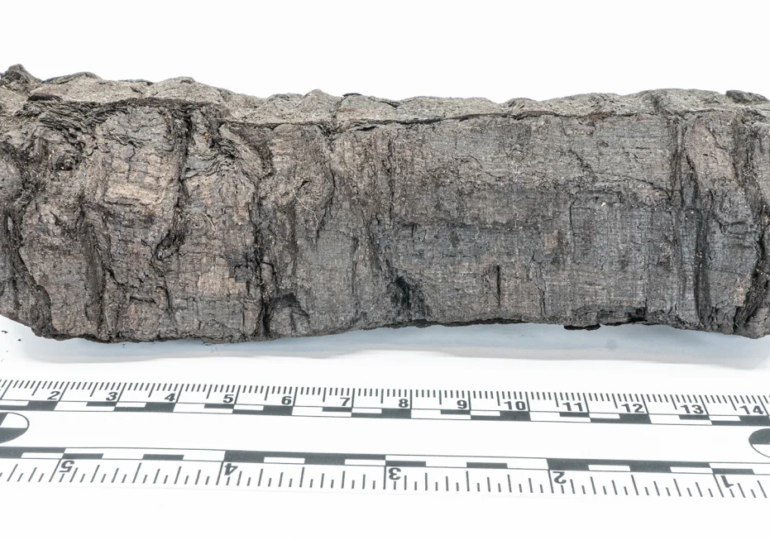The Hidden World of Art Pricing: How Galleries and Collectors Keep the Market Mysterious

Navigating the art world can be a complex and opaque process, especially when it comes to the pricing of artworks. According to attorney J.D. Harriman, transparency is often lacking, with prices rarely displayed in galleries. This allows sellers to adjust prices based on what they believe a buyer is willing to pay, keeping details of previous sales under wraps. Harriman noted that galleries can set prices higher for new buyers while concealing lower past sales, and may even discount unsold pieces privately to avoid diminishing the artist’s perceived value.
Unlike the stock market, where prices are public and regulated, the art world operates without a requirement to disclose the value or ownership of artworks. As with real estate, the price of an artwork is often what someone is willing to pay for it. In an email to CNBC, Paul Hewitt, director general of the Society of London Art Dealers, acknowledged this lack of transparency but stressed that the organization encourages members to display prices to build public confidence.
The tactic of withholding prices is not solely about maximizing profits—it’s also about maintaining an artist’s long-term reputation. Galleries often avoid publishing prices to prevent flippers—buyers who resell works for quick profit—from manipulating the market. London gallerist Lucca Hue-Williams emphasized the importance of carefully selecting clients who are genuinely interested in the artist’s career rather than just the potential resale value of their work.
Artists, especially those early in their careers, face challenges when determining how to price their work. Gosia Łapsa-Malawska, a curator and artist, advises emerging artists to maintain consistent pricing, as reducing prices can harm their professional trajectory. Yet, not displaying prices may deter potential buyers, who could feel intimidated or unsure if they can afford the artwork.
The art market’s exclusivity, driven by a lack of accessible information, is another barrier for many would-be buyers. Charlotte Black, founder of Artclear, pointed out that verifying the authenticity and value of artworks can be costly and difficult, making the market feel impenetrable for those without expert guidance. Her company aims to democratize access to art by using blockchain to store information about artworks, offering transparency and confidence to buyers.
Tony Tjan, an art collector and venture capitalist, compared the value of art to other collectibles, noting factors like scarcity, popularity, and cultural relevance. Tjan prefers to buy directly from artists, finding personal meaning in the relationship and the work itself. He acknowledged the mysterious nature of art pricing but emphasized that, ultimately, value should be driven by the emotional connection a buyer feels toward a piece.
Will Ramsay, founder of the Affordable Art Fair, echoed this sentiment, explaining that while the high-end art world may cultivate exclusivity by withholding prices, his fairs are designed to make art more accessible. At his events, prices are clearly listed, and the goal is to educate and empower new collectors to confidently enter the art market.
Despite the growing availability of online resources, pricing in the art world remains a “black box” for many. This lack of liquidity and transparency contributes to perceptions of mystery, but experts advise buyers to follow a simple rule: buy what you love. In the end, the value of a piece of art is as much about personal significance as it is about market dynamics.













